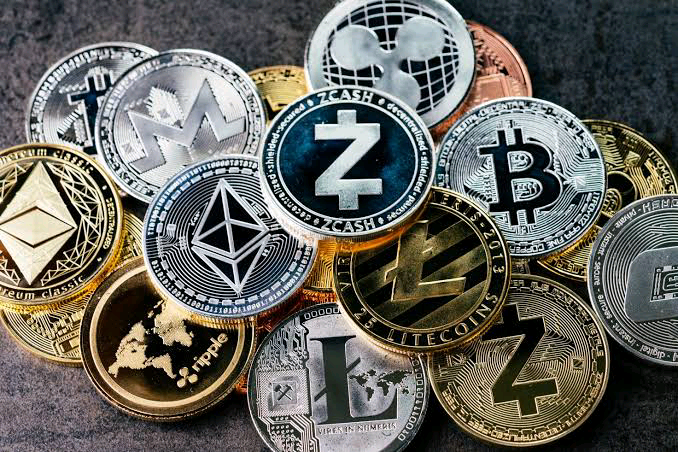Five Bitcoin Alternatives That are More Environmentally Friendly
When Tesla CEO Elon Musk tweeted that the electric car company would no longer accept Bitcoin (BTC) as payment, due to the environmental impact of cryptocurrency mining, it led the negative run on the market. This is because
Bitcoin’s massive energy demands are well established.
According to Digiconomist, the entire Bitcoin mining industry has a carbon footprint comparable to Singapore, due to the immense energy consumption of powerful rigs that solve the complex equations needed to produce new blocks. Some backers, such as Twitter CEO Jack Dorsey, suggest that Bitcoin mining “incentivizes renewable energy” — and Musk previously agreed.

Now, however, Musk says that Tesla is “concerned about rapidly increasing use of fossil fuels” for mining. According to his tweet, the company is looking at alternative cryptocurrencies that use much less power than Bitcoin’s network. Bitcoin’s price has dropped more than 13% in the wake of the news.
Tesla’s announcement might have some people second-guessing their Bitcoin investments, and not every cryptocurrency uses the same kind of resource-intensive model for producing blocks and validating transactions. Here’s a look at five other popular cryptocurrencies that take a more eco-friendly approach than Bitcoin.
Nano (NANO)
Explicitly billed as an eco-friendly currency, Nano (NANO) has no “mining, minting, or printing” and uses a lightweight proof-of-work model, which reportedly takes just seconds to process a transaction on a typical consumer PC.
Without the need for heavy-duty mining rigs and top-end GPUs, Nano is billed as a cleaner alternative to the likes of Bitcoin and Ethereum. In the wake of Tesla’s announcement, investors are buying the argument: the price of NANO has nearly doubled in the last 24 hours.
Chia (XCH)
The newly-launched Chia, created by BitTorrent inventor Bram Cohen, puts a spin on the familiar proof-of-work formula. Its “proof of space and time” model uses storage space on your computer to establish “plots” of cryptographic numbers and “farm” them as the network runs.
It’s one of the hottest new coins to mine, given that you don’t need an expensive, high-powered GPU to participate, but watch out: farming Chia could burn through some entry-level consumer SSDs in a matter of weeks.
Cardano (ADA)
Created by Ethereum co-founder Charles Hoskinson, Cardano has skyrocketed in value in 2021, rising more than 10 times in price since the start of the year and reaching a new all-time high yesterday (May 13) of $1.96. It is currently the 5th most valuable cryptocurrency, according to CoinMarketCap, ranked by total market cap.
The blockchain network is based on peer-reviewed research and relies on a proof-of-stake consensus model, in which participants hold the ADA coin within the network and receive rewards as a result. Hoskinson claims that the entire network uses just 6 GWh of power annually, a tiny fraction of what Bitcoin consumes. Cardano is now actively courting Tesla to adopt ADA over BTC.
Polkadot (DOT)
Like Cardano, Polkadot hails from another Ethereum co-founder (Gavin Wood), who decided to try a different approach. Polkadot has also surged in value so far this year, up nearly five times in price since the start of 2021, and is one of the top 10 cryptocurrency performers by market cap.
Polkadot is designed as a multi-chain network that can bridge the gap between different blockchains, and is based on a nominated proof-of-stake (NPoS) model that is based on holding coins within the network, rather than energy-intensive mining.
Stellar (XLM)
Stellar Lumens (XLM) is another long-established cryptocurrency that has benefitted from 2021’s market-wide gains, rising nearly five times in value since the start of the year.
XLM’s unique consensus model for validating transactions is energy-efficient, requiring only a small number of distributed nodes to confirm each. As such, XLM doesn’t have the enormous energy demands of some blockchain networks, which might be why it’s being tapped for big projects — for example, Ukraine plans to build its national digital currency on XLM tech.




It’s okay